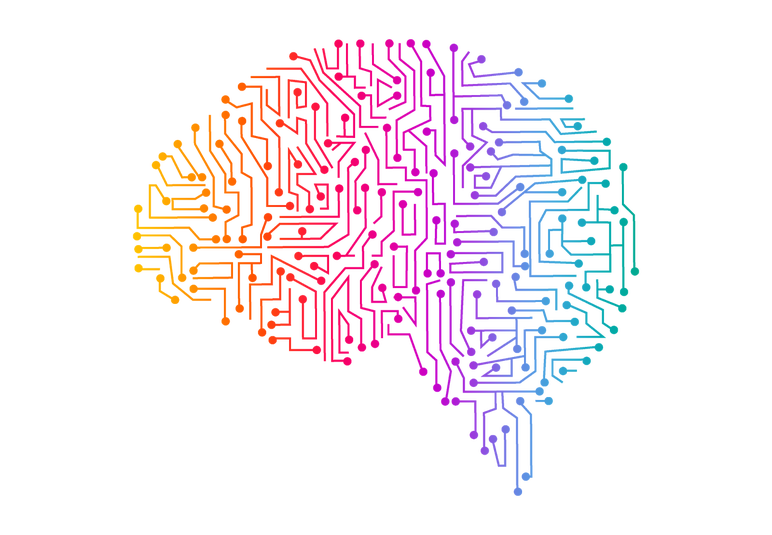How to detect and prevent malnutrition in older adults?
Malnutrition is one of the conditions that most concern those who care for older people. Although the figures on frequency differ according to the criteria used to define it, it is a very common problem that results in an increase in the frailty and dependence of the elderly. Preventing or detecting it in time is a priority to improve your health.
Several studies have found a higher prevalence of malnutrition in nursing homes, which according to Rosa López Mongil, geriatrician and coordinator of the Food and Nutrition Working Group of the Spanish Society of Geriatrics and Gerontology, reaches 30-40 percent of entered.
Isabel Higuera, nutritionist of the Department of Endocrinology and Nutrition of the University of Navarra Clinic, refers to studies that state "the prevalence of malnutrition established in about 25-30 percent of the population over 75 years." In "institutionalized and hospitalized population of this age, it can be increased up to 44-65 percent."
Main causes and risk factors
Among the pathologies that entail a greater risk of the elderly developing malnutrition, the following stand out:
Dementias, such as Alzheimer's disease.
Cerebrovascular diseases. For example, after a stroke.
Fractures in the locomotor system (such as hip fracture).
Osteoporosis.
Diabetes.
Diseases of the digestive system.
Trouble swallowing (dysphagia).
Chronic obstructive pulmonary disease (COPD).
Infections (such as urinary, very common in the elderly and often asymptomatic).
Pressure ulcers.
Apart from the presence of pathologies, as López Mongil points out, the problem may be caused - or aggravated - "by problems related to the mouth, such as bad teeth."
Alarm signs
Malnutrition can be treated effectively and its control is essential to improve the prognosis of many of the pathologies that affect the elderly patient. The interested party or those who care for him should pay attention to the following warning signs:
Decrease in intake in the last month.
Unintended weight loss in recent months.
Loss of muscle mass. One way to appreciate it is to see if you have thinner arms or calves.
Loss of strength in the muscle. Try to see if you have less strength to grab or lift some weight.
Increased fatigue when performing activities of daily living such as walking or getting up from the chair.
Tendency to cough or choke when eating or drinking.
Before these warning signs you have to go to the doctor, the first thing you will ask is the usual weight of that person. Therefore, it is not too much to make usual measurements first thing in the morning and with little clothes. Likewise, the physician will be interested in height in order to determine the body mass index (BMI), which consists of dividing the weight (expressed in kilos) by the height (in meters) squared.
In general terms, “people over 70 years of age with a BMI below 22 are considered malnourished,” says López Mongil. The diagnosis of the problem is more complex, but the geriatrician considers that this is a “simple fact that gives a very good idea”.
How can it be prevented?
Good eating habits can help prevent malnutrition in the elderly. Higuera recommends "making at least 4 meals a day", which should be "balanced and include foods that provide energy, protein, vitamins and minerals." Likewise, it is convenient to monitor both water intake and intestinal transit.
The nutritionist says that the diet of a healthy old man "should not differ greatly from that of the adult." It is estimated that it will require slightly less calories and a higher percentage of that energy in the form of proteins but, "in general, the Mediterranean diet pattern is the ideal one."
One aspect that should be assessed is "tolerance to large amounts of lactose, as it is natural to develop some intolerance at this time of life."
The rest of the dietary guidelines are summarized in the consumption of legumes three times a week, giving priority to fish (blue, 2-3 times a week) and egg over meat, including natural nuts every day (if it is necessary, crushed), consume at least one fermented milk per day (without sugar), give priority to whole grains and drink lots of vegetables and fruit.
Once the problem is diagnosed, how is it treated?
Treatment will depend on the cause of malnutrition. Therefore, the first thing will be to treat the underlying pathology that is causing the problem. If the affected person has dysphagia, it will be necessary to modify the texture of the food so that he can swallow it.
Temas relacionados:
También te puede interesar
Esta web se reserva el derecho de suprimir, por cualquier razón y sin previo aviso, cualquier contenido generado en los espacios de participación en caso de que los mensajes incluyan insultos, mensajes racistas, sexistas... Tampoco se permitirán los ataques personales ni los comentarios que insistan en boicotear la labor informativa de la web, ni todos aquellos mensajes no relacionados con la noticia que se esté comentando. De no respetarse estas mínimas normas de participación este medio se verá obligado a prescindir de este foro, lamentándolo sinceramente por todos cuantos intervienen y hacen en todo momento un uso absolutamente cívico y respetuoso de la libertad de expresión.
No hay opiniones. Sé el primero en escribir.

















